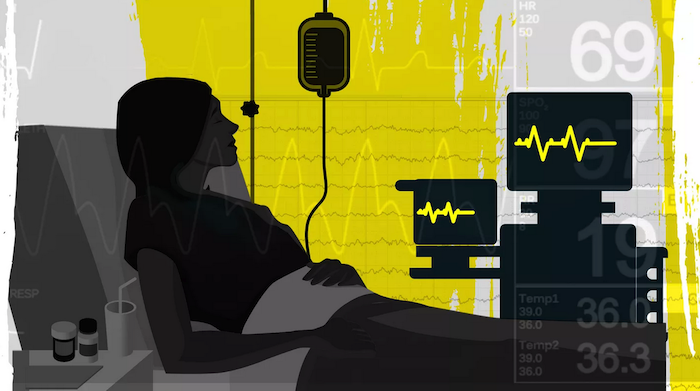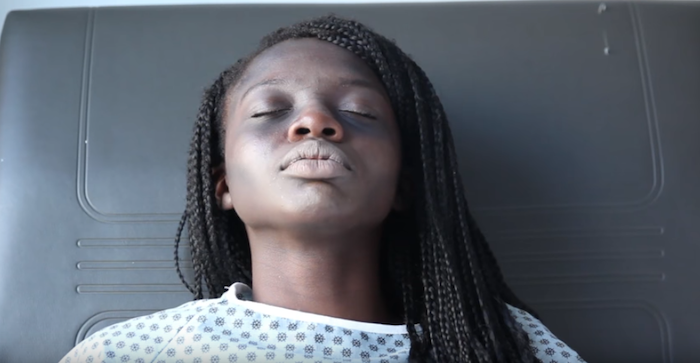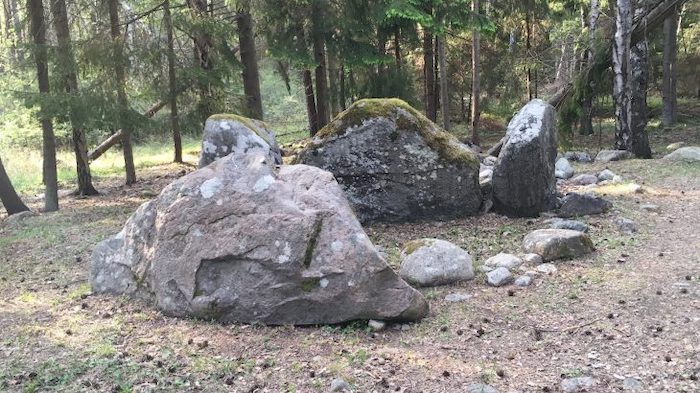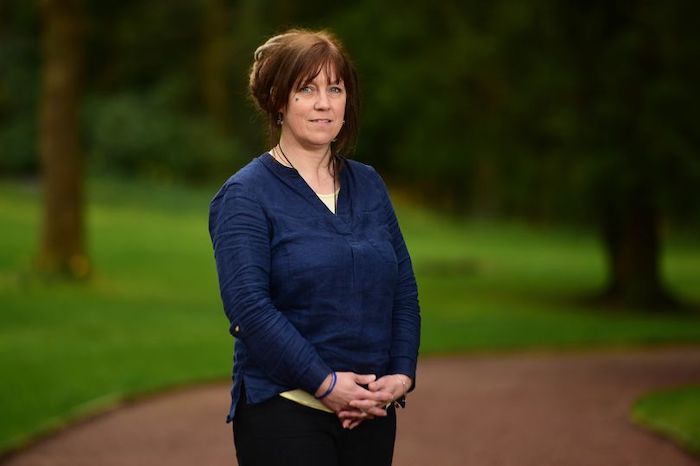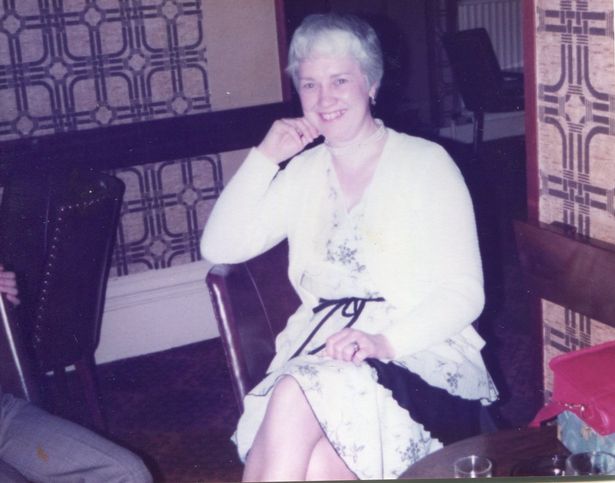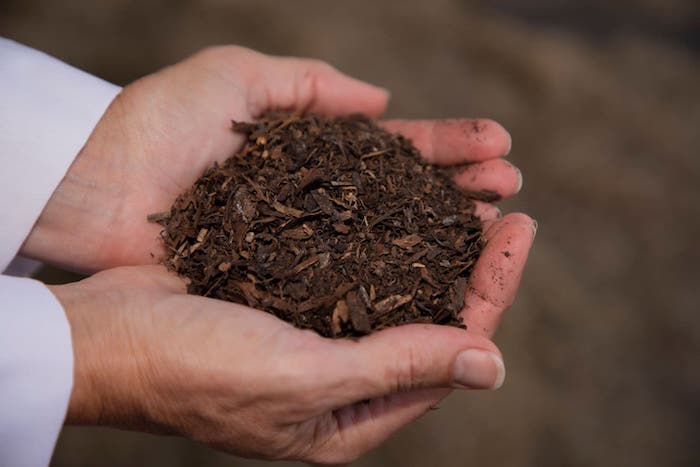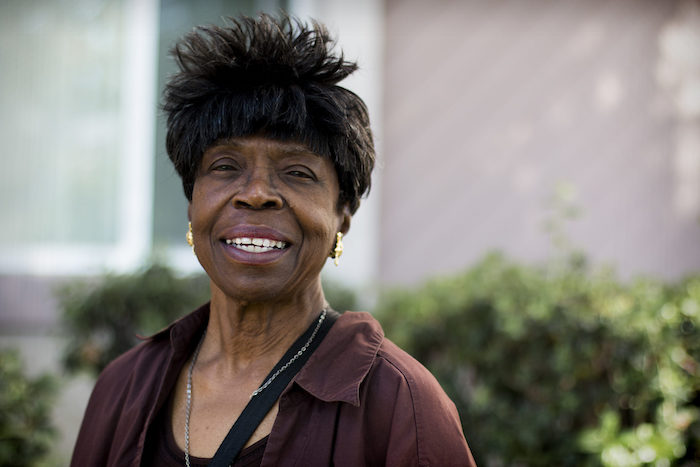
By Glenn Ellis
The entire lifespan of most African Americans is consumed by efforts to overcome obstacles, inequality, and in many cases, institutional racism.
The most difficult point in this most tiring journey is often the end-of-life. For the disproportionate number of us is when death is accompanied by the dilemmas around how we choose to die.
Hospice; Palliative Care; Advance Directives; and Compet-ency become terms that we, or our loved ones, all of a sudden are faced with and expected to deal with.
Studies and observations show that, likewise disproportionately, we are not prepared for this final stage of life.
What we know is that African Americans are less likely than any other group to be prepared for end-of-life, and not surprisingly, are less likely to have a prepared Advance directive.
First, let’s talk about Advanced Directives. This is the document that should be prepared to outline, in detail, what type of care (if any) we desire as our lives come to an end, and we are not able to make decisions for ourselves.
An Advanced Directive includes things that typically are not even thought about during times when life is good.
Generally, it will include things such as a living will or do-not-resuscitate order, or in identification of a health care surrogate. Regrettably, it’s not until we are in a hospital ICU; Hospice Center; or even on Home Hospice that we (or our loved ones) are confronted with having to make difficult decisions, while dealing with imminent death.
In spite of the fact that studies show that 80 percent of Americans would prefer to die at home, the reality is that 60 percent of us will die in a hospital; 20 percent of us will die in a nursing home; and only 20 percent will end up in a situation where we will be able to make our transition in the comfort and peace of our own home.
If you are not competent, or capable, to make medical decisions but do not have an advance directive, or it is unavailable when needed, decisions will nevertheless have to be made.
In 2013, The Pew Foundation did a study and found that while 73 percent of all Americans have given “some thought” to end-of-life, only 37 percent of African Americans have done the same. This means that doctors and others on the care team of a terminally-ill patient may decide to continue providing care and treatment, when you may feel that your loved one has had enough, and should be allowed to die in peace, with dignity. In the absence of an Advance Directive, this could become a point of contention, and the patient is caught in the middle. Or, it could be the other way around, you may feel that there is still hope for a recovery, and the doctors feel that there isn’t. Again, the patient lies there in limbo, and often suffering unnecessarily. For African Americans, it’s worse. One study found that only 13 percent of all African Americans have an Advance Directive in place.
It can be a difficult, and often, an uncomfortable conversation, but collectively, we have to begin to have conversations during the “good” times in life with our families and loved ones about what we do and don’t want should we ever find ourselves in a position where we are unable to make medical decisions for ourselves.
Think about how often we attend funerals, and families are still reeling over how things came to an end with conflict and contention between families of a patient who died, and the medical staff at the hospital. Think about how different it would be if we made our wishes known, before something happened unexpectedly.
A few things that may be helpful for you in getting an Advance Directive for yourself:
First you need to familiarize yourself with the term: life-sustaining treatments. Nolo’s Plain-English Law Dictionary defines this as “Medical procedures that would only prolong the process of dying or sustain a condition of permanent unconsciousness. A patient who is receiving life-sustaining treatment will die soon, whether or not treatment is administered. Life-sustaining treatment may include a respirator, cardiopulmonary resuscitation (CPR), dialysis, surgery, and other medical procedures.” Would you want any of these? If so, under what circumstances?
Most importantly, let your loved ones know what you have in your Advance Directive. People only like surprises for their birthdays. Don’t wait for them to find out at an emotionally difficult time, when they are grappling with the inevitability of your death.
You don’t need a lawyer to create your Advance Directive. But you do need to make sure you understand the laws of the state you live in regarding Advance Directives. Some states have restrictions that you need to be aware of that may prohibit your wishes.
Complete Article ↪HERE↩!

